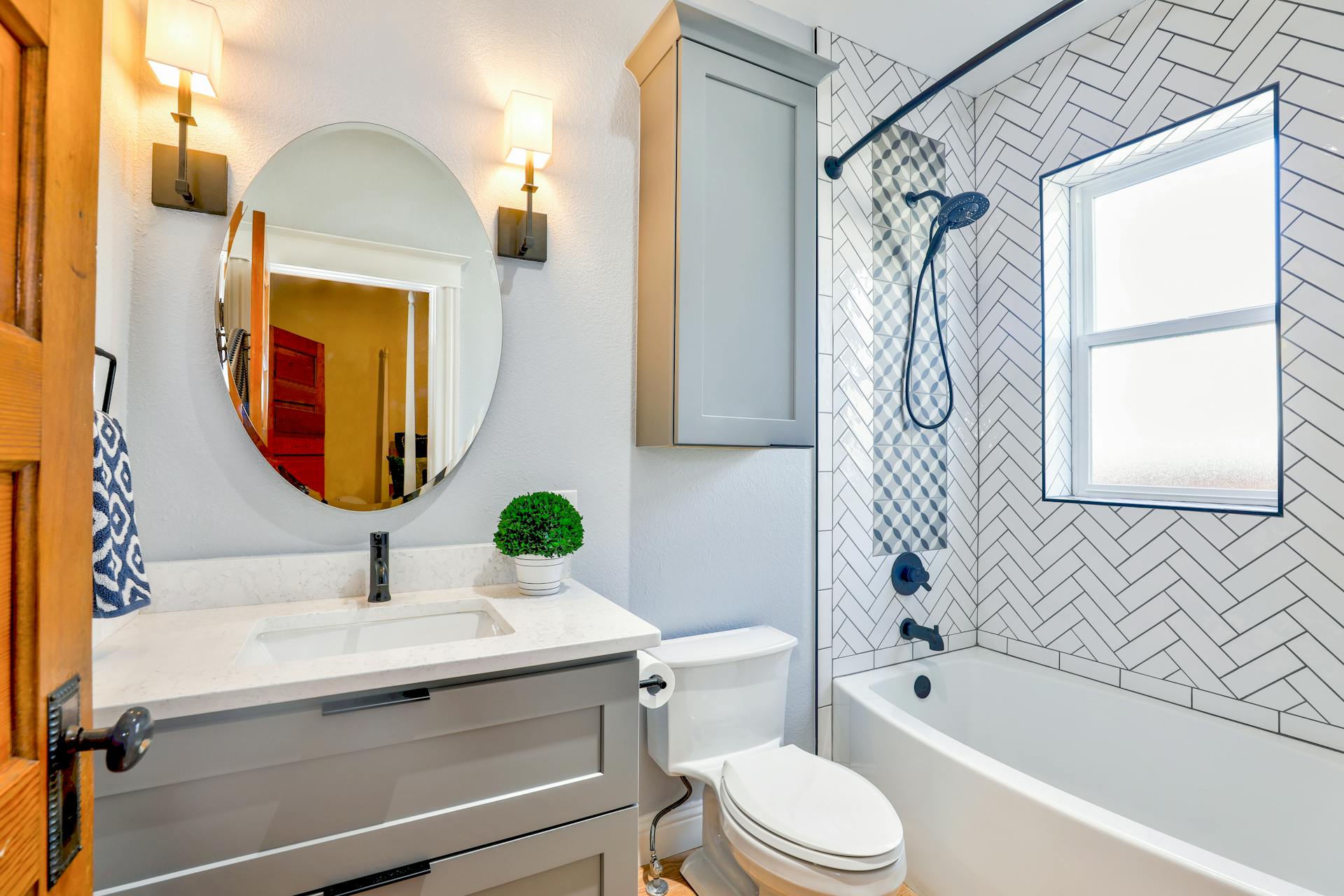When you think of life-changing inventions, your mind might jump to electricity, the telephone, or the internet. But there’s another invention that quietly transformed the way humans live — and it’s something we use every single day, often without a second thought: the modern toilet.
It’s a comfort we take for granted, but the story of how our toilets came to be is not as squeaky clean as you might imagine. In fact, it’s full of royal experiments, eccentric inventors, and a whole lot of, well… waste.
Before the Flush: Life Without Toilets
For most of human history, “going to the bathroom” meant literally just that — going outside. Ancient civilizations had different solutions:
Romans built communal stone latrines with running water channels.
Medieval Europeans often relied on chamber pots, which were then dumped into the streets (yes, it smelled exactly like you’re imagining).
Castles had “garderobes,” small rooms with holes dropping waste straight down the castle walls or into a moat.
The result? Cities stank, disease spread easily, and sanitation was a constant struggle.
Sir John Harington: The First Royal Flush
The earliest known attempt at a flushable toilet came from Sir John Harington, a godson of Queen Elizabeth I, in 1596. Harington was a bit of a poet, a bit of a prankster, and apparently, very interested in plumbing.
He designed a device he called the “Ajax” — essentially a flushing toilet with a cistern of water that could be released to wash waste away. He even installed one for the Queen herself at Richmond Palace.
So why didn’t it catch on? Well, the design was a little ahead of its time — England’s sewer systems were primitive, so flushing waste didn’t actually get rid of the problem… it just moved it somewhere else. The Ajax was mostly forgotten for over 200 years.
The Victorian Breakthrough: From Chamber Pots to Plumbing
Fast-forward to the 1800s, when Britain’s population exploded during the Industrial Revolution. Cities became crowded, sanitation worsened, and cholera outbreaks killed thousands. Something had to change.
Enter Thomas Crapper — yes, the man whose name has become slang for the toilet. While Crapper didn’t invent the flush toilet itself, he was a brilliant plumber and businessman in the late 19th century. He improved toilet mechanisms, popularized modern flush designs, and made high-quality bathroom fixtures for the public.
Crapper’s real genius? Marketing. He displayed his toilets in showroom windows, something unheard of at the time. People started to view indoor plumbing as not just a luxury, but a sign of modern living.
How the Modern Flush Toilet Works
Today’s flush toilets are deceptively simple in appearance, but the mechanism behind them is a clever mix of engineering and gravity. Here’s the quick breakdown:
The Tank — Holds water ready to flush.
The Flush Valve — Opens when you push the handle or button, releasing water into the bowl.
The Siphon Effect — The rush of water pushes waste through the trapway and into the sewer pipe.
Refill Mechanism — The tank refills automatically via the float valve.
It’s all about using a burst of water to create enough force to move waste out of sight — and thankfully, out of smell.
The Hidden Heroes: Sewer Systems
Of course, a toilet is only as effective as the system it connects to. The real sanitation revolution happened when cities invested in underground sewage networks.
London’s infamous Great Stink of 1858 — when the River Thames became so foul that Parliament couldn’t meet — pushed the government into action. Engineer Joseph Bazalgette built massive sewer tunnels under London, and similar systems spread across the industrialized world.
Now, toilets could actually take waste away from homes and dispose of it hygienically. For the first time in history, people could “go” without worrying about where it was going.
Cultural Impact: From Taboo to Technology
It’s funny to think about, but talking about toilets was once considered deeply improper in polite society. In Victorian England, even mentioning the word “toilet” was frowned upon — people used euphemisms like “the necessary” or “water closet.”
Fast-forward to today, and toilets have become high-tech marvels in some countries. Japan, for example, leads the way with heated seats, automatic lids, bidet sprays, and even music to mask… certain sounds.
We’ve gone from dumping chamber pots into the street to installing toilets that can connect to Wi-Fi. Quite the journey.
Why the Modern Toilet Matters
It’s easy to forget that proper sanitation is still a luxury in many parts of the world. According to the World Health Organization, over 3.5 billion people lack access to safe toilets. That means the invention we take for granted is still saving lives every single day by preventing the spread of deadly diseases.
The modern toilet isn’t just a convenience — it’s a cornerstone of public health.
Light Conclusion
The history of the modern toilet is messy, a little funny, and surprisingly important. From Harington’s royal flush to Crapper’s marketing genius, this humble invention has shaped the way we live more than almost any other. So next time you flush, take a moment to thank the centuries of trial, error, and (probably very smelly) innovation that made it possible.
Frequently Asked Questions (FAQs)
Who invented the modern toilet?

Image Credit: humanprogress.org
While Sir John Harington invented the first flushing toilet in 1596, the modern version as we know it was developed over time, with key contributions from inventors like Alexander Cumming (who patented the S-trap in 1775) and Thomas Crapper, who popularized flush toilets in the 19th century.
What did Crapper invent?
Thomas Crapper didn’t invent the toilet itself, but he improved flush mechanisms, developed more reliable ballcock systems for tanks, and made indoor plumbing fixtures more popular and accessible.
What did Sir John Harington invent?
Sir John Harington invented the first documented flushing toilet, known as the “Ajax,” in 1596. It used a water cistern and flush mechanism to remove waste.
How does the flush toilet work?
A flush toilet uses stored water from a tank, released via a flush valve, to push waste through a siphon-shaped trapway and into a sewer or septic system. The tank then refills for the next use.

